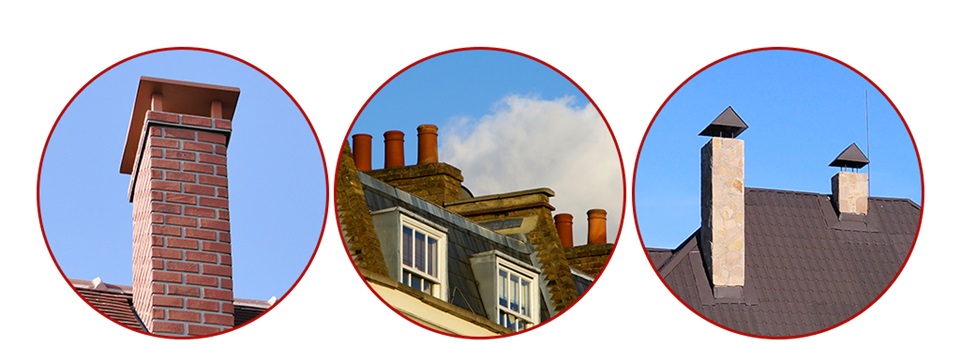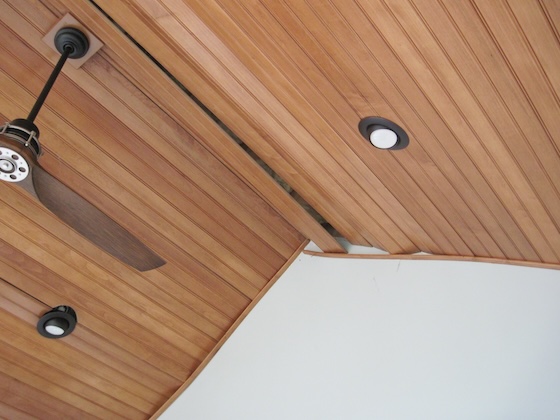
Rust or corrosion on the chimney cap or flashing
Rust or corrosion on the chimney cap or flashing can be a serious problem that homeowners need to address promptly. The chimney cap and flashing play a crucial role in protecting the chimney from the elements, ensuring that water and debris do not enter the chimney structure. Over time, exposure to moisture, rain, and snow can cause the metal components of the cap and flashing to rust or corrode. This can not only compromise the integrity of the chimney but also lead to water leaks and damage inside the home.
When rust or corrosion is present on the chimney cap or flashing, it is essential to take action to prevent further damage. Ignoring this issue can lead to more extensive and costly repairs in the future. In some cases, a simple fix may be sufficient, such as removing the rust and applying a protective coating. However, if the damage is severe, it may be necessary to replace the chimney cap or flashing altogether. Regular inspections and maintenance can help identify and address rust or corrosion early on, ensuring the longevity and efficiency of your chimney system.
Cracked or deteriorating mortar joints
When inspecting your chimney, it is important to pay attention to the condition of the mortar joints. Over time, mortar can deteriorate due to weather exposure and general wear and tear. Cracked or deteriorating mortar joints can lead to water penetration, which can cause damage to the chimney structure and potentially lead to costly repairs if left unaddressed.
One of the most obvious signs of deteriorating mortar joints is the presence of cracks. These cracks can range in size from small hairline fractures to larger gaps between the bricks or stones. Additionally, you may notice crumbling or missing mortar between the joints. If you observe any of these issues, it is essential to have a professional chimney technician assess the situation and make the necessary repairs to ensure the structural integrity of your chimney.

White staining on the chimney bricks
One common issue that homeowners may notice on their chimney is white staining on the bricks. This type of staining, also known as efflorescence, occurs when water-soluble salts are carried to the surface of the bricks and evaporate, leaving behind a white residue.
Efflorescence is not only unsightly, but it can also indicate underlying water penetration and moisture issues. If left unchecked, the accumulation of salts can cause damage to the chimney structure over time. Therefore, it is crucial for homeowners to address this problem promptly and identify the source of water intrusion to prevent further damage to their chimney.
Loose or damaged bricks or stones
Bricks and stones are commonly used materials in the construction of chimneys. Over time, these components can become loose or damaged due to various factors. Weather exposure, shifting foundations, or simply the passage of time can cause bricks or stones to deteriorate, leading to potential hazards.
When bricks or stones become loose, there is an increased risk of chimney instability. The structural integrity of the chimney may be compromised, putting the entire chimney system at risk. If left unaddressed, loose bricks or stones can lead to further damage, such as the collapse of the chimney or the development of leaks. It is essential to promptly identify and repair any loose or damaged bricks or stones to ensure the safety and longevity of the chimney.
Excessive creosote buildup
Creosote, a byproduct of burning wood, is commonly found in chimneys. However, when creosote builds up in excessive amounts, it can pose a serious risk. Over time, this thick, tar-like substance can accumulate on the inner walls of the chimney, narrowing the flue and restricting proper airflow. This not only reduces the efficiency of the fireplace but also increases the chance of a chimney fire. The highly flammable nature of creosote means that even a small spark or ember can ignite it, leading to a potentially dangerous and destructive situation.
Regular maintenance is crucial to prevent an excessive buildup of creosote in your chimney. Scheduling annual chimney inspections and cleanings by a certified professional can help remove any creosote buildup and ensure the safe operation of your fireplace. Additionally, using dry and seasoned firewood can minimize creosote formation, as wet or unseasoned wood tends to produce more of this substance. Taking proactive steps to address excessive creosote buildup will not only protect your home from potential fire hazards but also extend the lifespan of your chimney system.
Spotting Trouble Early: What to Look for During a Chimney Inspection was first seen on https://chimneysweeplosangeles.net/





More Stories
The Role of Chimney Inspections in Homebuying
The Rise of Bed Bugs: Why Are They Making a Comeback?
Chimney Masonry Repair 101: Restoring Beauty and Functionality